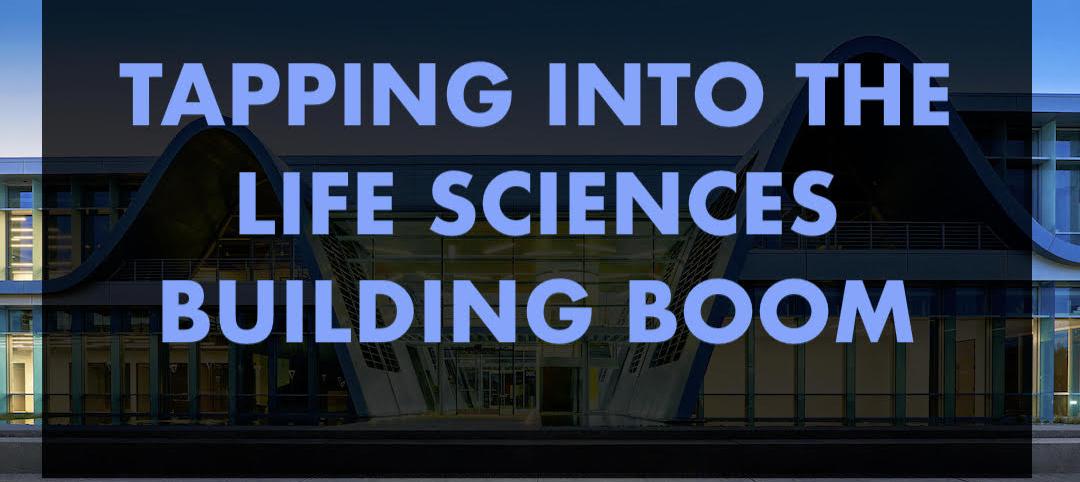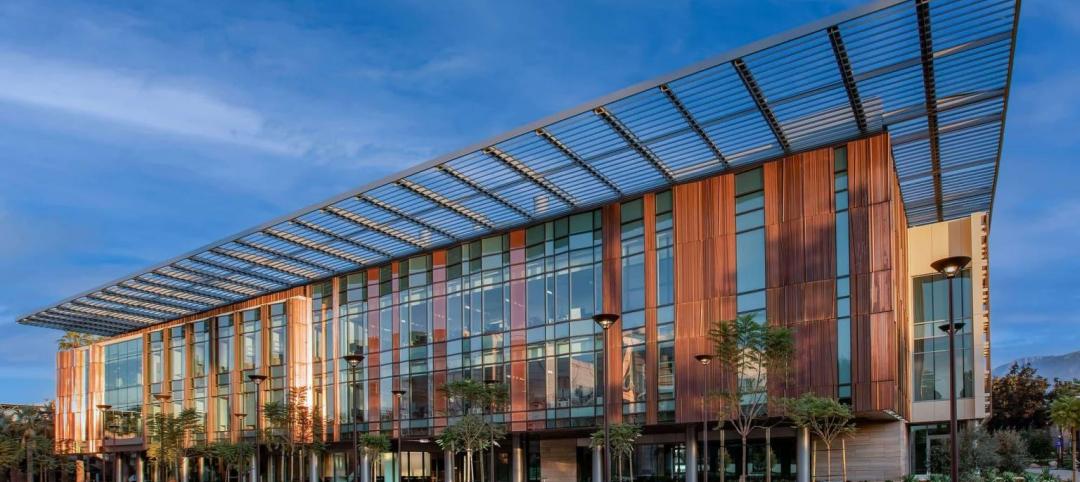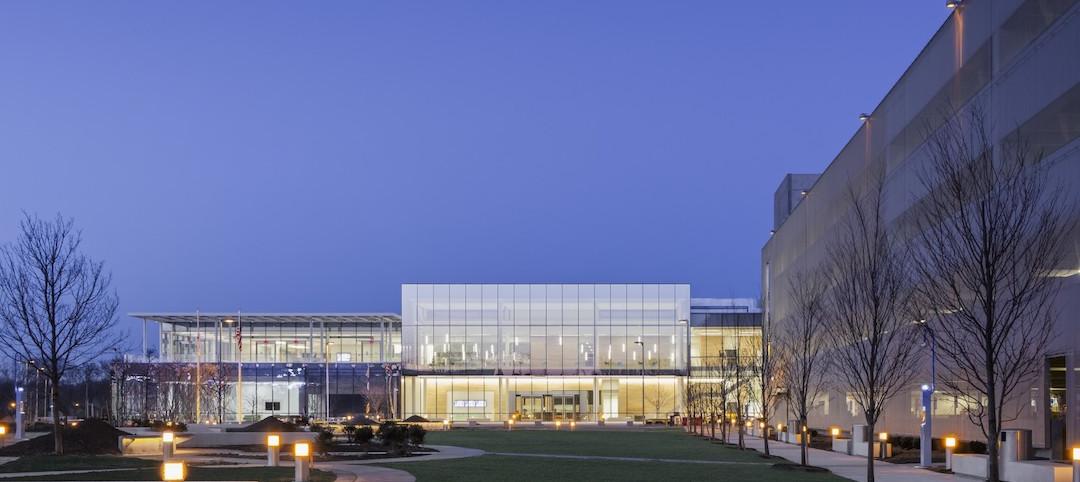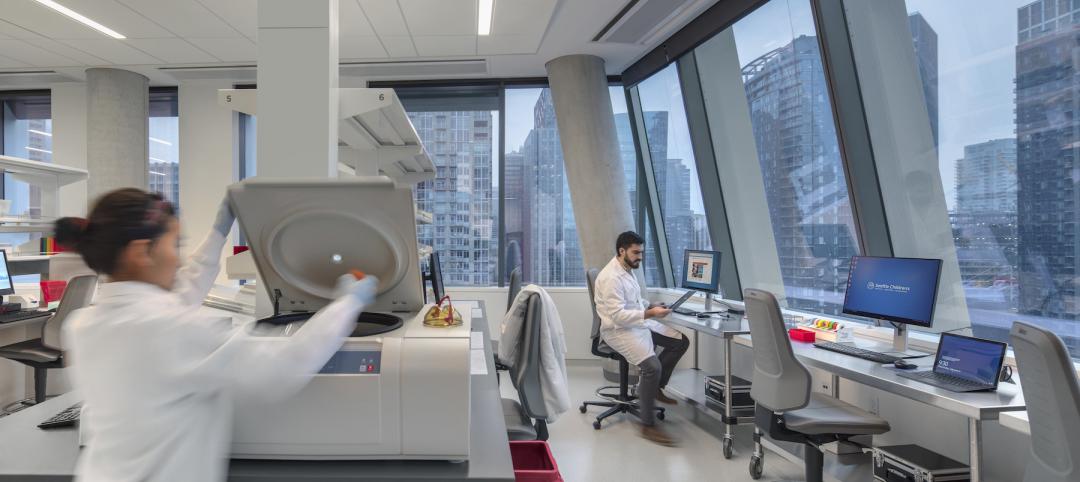The mushrooming global demand for lab space has prompted AEC firms and their developer clients to rethink how science buildings can be designed and constructed quicker and efficiently.
These buildings need “to be optimized for a tenant; concerns about vibration, ventilation, containment, and specialized equipment go beyond the scope of traditional workplaces,” wrote Chad Yoshinobu, AIA, LEED BD+C, Design Director, and a global leader in Gensler’s science practice in Seattle.
Enter NEXT, a prototype that Gensler and the engineering firms Buro Happold and KPFF have developed, with performance metrics backed up by data.
The research project was funded by Gensler Research Institute, and was designed on the specific site within Seattle’s Uptown Arts District to be 250,000 sf and eight stories tall. The project had three goals: to make this space more than just a container for people, to increase product differentiation for competitive marketing, and to offer solutions that prioritize decarbonization as a method of resilience.
Mass timber was a seminal building material for this project, mainly because it is well-suited to off-site modular construction at a nearby factory and can be delivered as a kit of parts, explained Yoshinobu.
“This approach would be 30 percent faster and 10 percent cheaper to construct than a conventional concrete building,” he estimated. With 85 percent fewer deliveries to the site and a 75 percent reduction in construction waste, NEXT emits 80 percent less carbon to build than a conventional concrete lab building. This amounts to a savings of approximately 5,200 total metric tons of CO2.
NEXT deploys an all-electric heat pump chiller (EL1) system that Gensler stated is more efficient than a natural gas system in all locations and sectors. All-electric systems result in lower building Energy Use Intensity (EUI) in all markets and achieve zero carbon emissions on a clean grid. In total, NEXT produces 50 percent less greenhouse gas emissions and uses 30 percent less energy annually than a conventional lab building.
FLEXIBLE LAYOUT
Lab benches and vibrations in the floor plate typically determine a lab space’s layout. The NEXT team created a grid at 33 by 33 ft, which Yoshinobu contended is “optimal” for a lab bench layout because of the flexibility it affords tenants to orient the benches as they see fit. The building core is moved from the center to the side of the building, allowing tenants more layout flexibility with far fewer obstructions.
The size of this grid in mass timber doesn’t work well with vibration. “So we partnered with our engineering partner KPFF to make it work,” said Yoshinobu, to achieve a vibration of 6,000 MIPS, a go-to standard for most lab buildings, by implementing a structural frame that acts as an ecosystem between the size of the columns, girders, beams, CLT floors, and concrete topping slab.
CONNECTING WITH OUTDOORS AND COMMUNITY
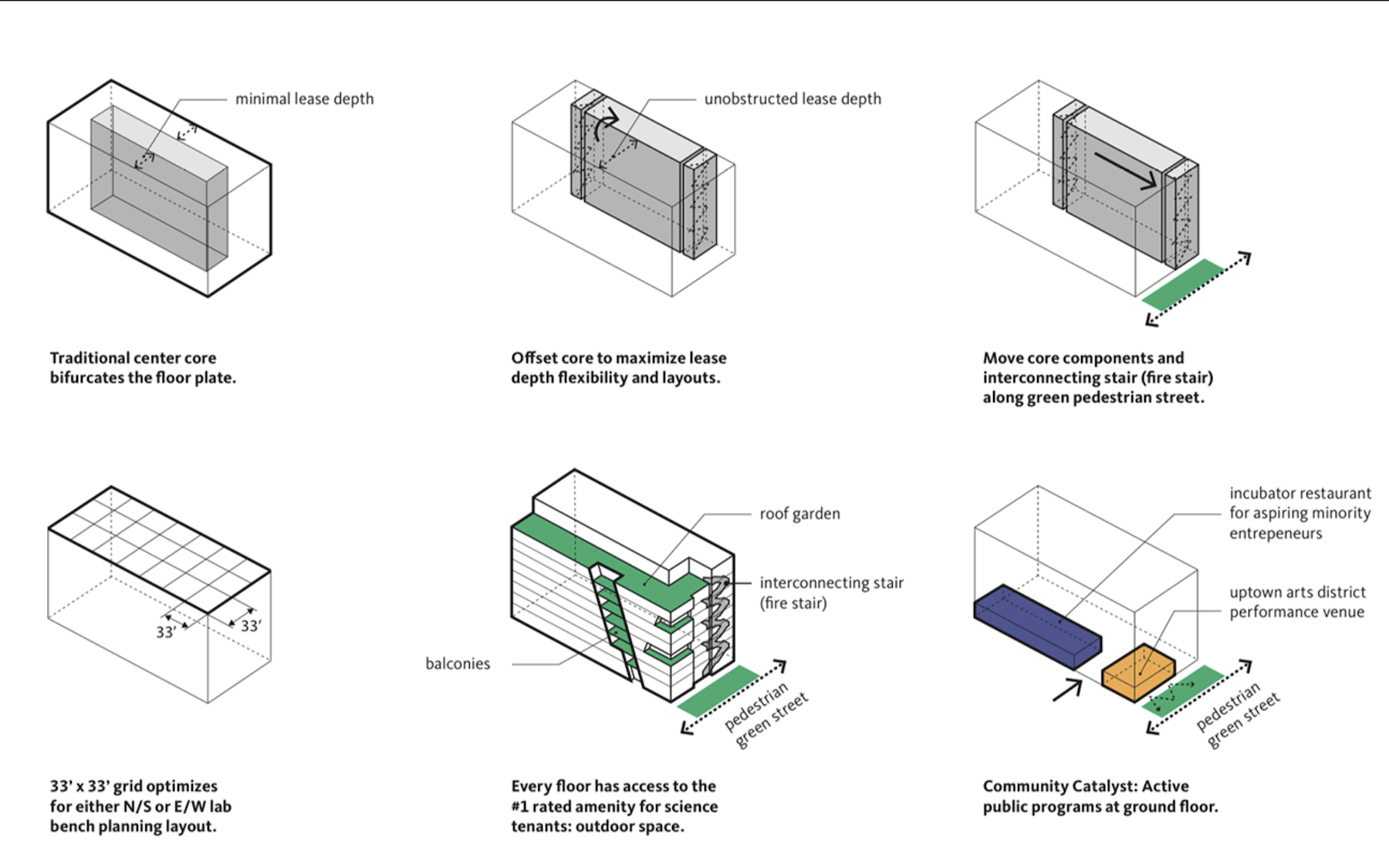
NEXT also places a premium on natural ventilation and outdoor spaces. Multiple operable windows give the workplace more access to fresh air. Seattle’s temperate climate is conducive to natural ventilation, and NEXT is designed so more than one-third of total occupied work hours can be in natural ventilation mode. That leads to energy savings of 30 percent compared to a conventional lab building.
According to the latest Gensler U.S. Workplace Survey, science workers ranked outdoor space as their top workplace amenity. Each floor of the NEXT concept has direct access to outdoor spaces. The building’s fire stair has been turned into a wellness amenity, too, by moving it to the perimeter, and flooding the stairwell with daylight and views. The stair is also an alternative to using elevators.
This multipurpose venue was created in partnership with the Uptown Arts and Cultural Coalition to provide flexible spaces for young musicians, art education, theater, and practice/performance space. The restaurant incubator gives minority entrepreneurs the opportunity to launch their businesses, while a shared kitchen space allows for multiple food venues to enhance the neighborhood food scene. “These efforts will create more cultural diversity within the Uptown District,” wrote Yoshinobu.
He told BD+C that since releasing its research findings, Gensler has received calls from clients and developers “asking us to explore the attributes of this idea on their particular sites.”
Related Stories
Giants 400 | Dec 31, 2021
2021 Science and Technology Sector Giants: Top architecture, engineering, and construction firms in the U.S. S+T facilities sector
HDR, CRB, Jacobs, Skanska USA, and Whiting-Turner Contracting Co. top the rankings of the nation's largest science and technology (S+T) sector architecture, engineering, and construction firms, as reported in the 2021 Giants 400 Report.
Laboratories | Nov 18, 2021
Tapping into the life sciences building boom
Paul Ferro of Form4 Architecture discusses how developers are pivoting to the life sciences sector, and what that means for construction and adaptive reuse.
2021 Building Team Awards | Nov 17, 2021
Caltech's new neuroscience building unites scientists, engineers to master the human brain
The Tianqiao and Chrissy Chen Institute for Neuroscience at the California Institute of Technology in Pasadena wins a Gold Award in BD+C's 2021 Building Team Awards.
Laboratories | Nov 17, 2021
New report finds a biopharma industry being reshaped by disruption
Industry respondents to CRB’s survey weigh in on project delivery, digitization, and off-site manufacturing for life sciences construction.
Laboratories | Oct 14, 2021
‘Next-generation’ Quest Diagnostics lab unveiled in New Jersey
Mark Cavagnero Associates designed the project.
Laboratories | Aug 31, 2021
Pandemic puts science and technology facilities at center stage
Expanding demand for labs and life science space is spurring new construction and improvements in existing buildings.
Giants 400 | Aug 30, 2021
2021 Giants 400 Report: Ranking the largest architecture, engineering, and construction firms in the U.S.
The 2021 Giants 400 Report includes more than 130 rankings across 25 building sectors and specialty categories.
Laboratories | Aug 30, 2021
Science in the sky: Designing high-rise research labs
Recognizing the inherent socioeconomic and environmental benefits of high-density design, research corporations have boldly embraced high-rise research labs.
Laboratories | Aug 25, 2021
Lab design strategies for renovations and adaptive reuse
Lab design experts in HOK’s Science + Technology group outline the challenges organizations must understand before renovating a lab or converting an existing building into research space.
Architects | Aug 5, 2021
Lord Aeck Sargent's post-Katerra future, with LAS President Joe Greco
After three years under the ownership of Katerra, which closed its North American operations last May, the architecture firm Lord Aeck Sargent is re-establishing itself as an independent company, with an eye toward strengthening its eight practices and regional presence in the U.S.




